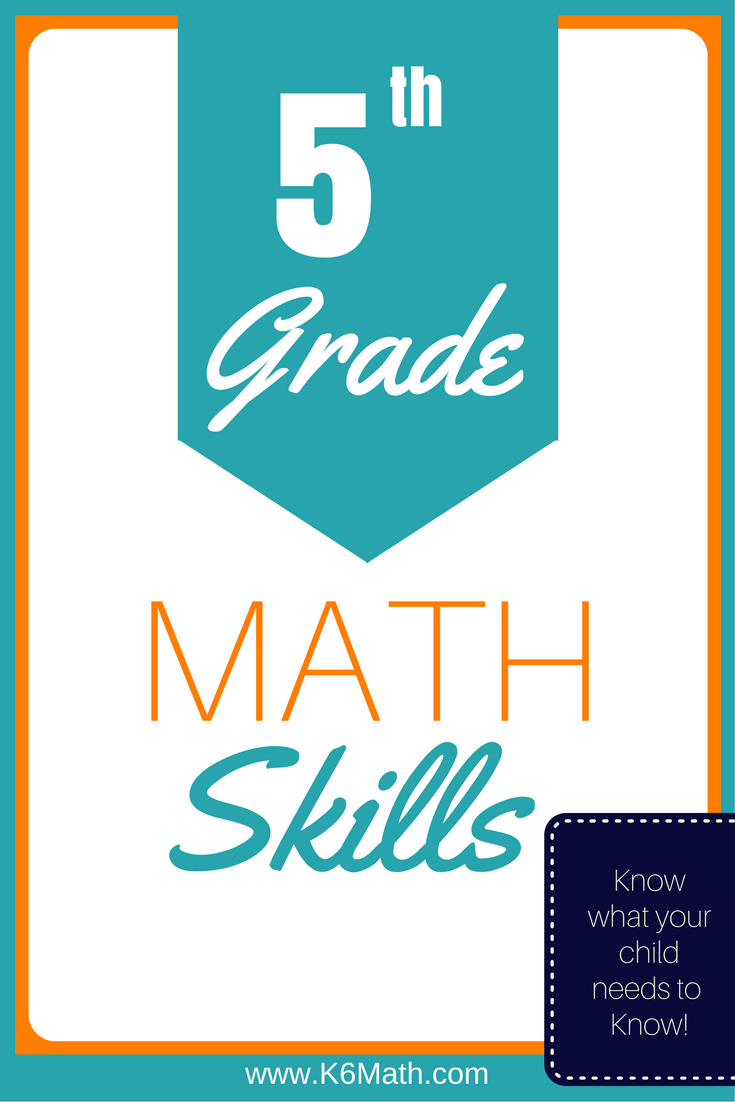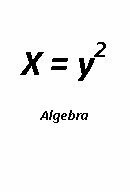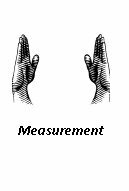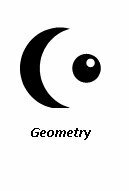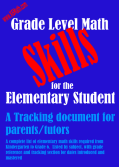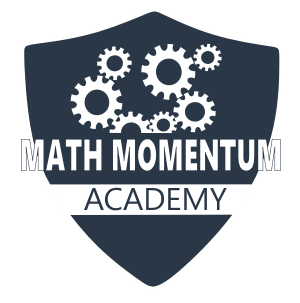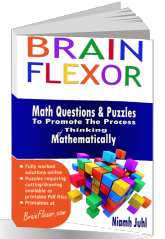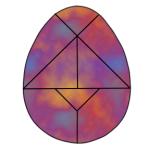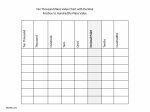5th Grade Skills, for some students are the final of their elementary school journey.
Depending on your school district, your child could officially be moving into middle school next year. However, sixth grade, whether situated in an elementary school or a middle school is the final year of elementary mathematics studies.
|
|
So, you're remembering the day they went into Kindergarten, the image of them heading into the class room with their new backpack and lunch box draping their tiny little bodies. They were anxious then, but also full of excitment and so confident because you had prepared them properly. They could count to 10 and knew their ABC's. How things change! Or do they? Actually not at all. Your tiny little Kindergartner has most definitely grown up, but the anxiety, and excitement of Middle School is looming.
|
But is the confidence there? Have you prepared your 5th grader in all their math skills for sixth grade, as well as you had them preped for Kindergarten?
This list of skills is based on the 5th grade level expectatoins from
Washington State OSPI Each specific skill is further broken down into areas. Just click on them to access all the practice your child could need!
|
|
These Grade Level Expectations are organized by basic math subject area for 4th Grade, based on Washington States OSPI. If you would rather have a basic math skills requirements list organized by subject area, that includes every requirement from Kindergarten to 6th grade in one downloadable document please visit my Grade Level Expectations section.
|
5th Grade Skills by Subject Area
|
|
Algebra
- Exponents – Review perfect squares and square roots to 144, recognize the square root sign.
- Using the terms squared and cubed and the nth power, read and evaluate numerical expressions with exponents
- Identify the powers of ten up to 10
- Identify numbers under 100 as prime or composite
- Identify prime factors of numbers to 100 and write using exponential notation for multiple primes
- Determine the greatest common factor (GCF) of given numbers
- Determine the least common multiple (LCM) of given numbers
- Solve word problems with multiple steps
- Solve problems with more than one operation
- Commutative, associative, distributive properties: know the names and understand the properties.
- Solve word problems involving multiplication
- Solve word problems with multiple steps
- Solve problems with more than on operation
- Recognize variables and solve basic equations using variables
- Write and solve equations for word problems
-
Find the value of an expression given the replacement values for the variables, eg what is 7 – c if c = 3.5?
|
|
|
Numbers and Operations
- Read and write numbers (in digits and words) up to the billions
- Recognize place value up to billions
- Order and compare numbers to 999,999,999 using the signs < ,>, =
- Write numbers in expanded form
- Integers – locate positive and negative integers on a number line, compare integers using the symbols <, >, =; know that the sum of an integer and its opposite is 0, Add and subtract positive and negative integers
- Using a number line, locate positive and negative whole numbers
- Round to the nearest ten, to the nearest hundred, to the nearest thousand, to the nearest hundred thousand
- Determine and express simple rations.
- Use ration to create a simple scale drawing
- Ration and rate: solve problems on speed as a ration, using the formula S = D/T (or D = R x T)
- Recognize the percent sign (%) and understand percent as “per hundred”
- Express equivalencies between fractions, decimals, and percent’s and know common equivalencies:1/10 = 10%, ¼ = 25%, ½ = 50% ¾ = 75%
- Find given percent of a number
- Determine the least common denominator (LCD) of fractions with unlike denominators
- Recognize equivalent fractions
- Put fractions in lowest terms
- Compare fractions with like and unlike denominators, using the signs <, >, =
- Identify the reciprocal of a given fraction; know that the product of a given number and its reciprocal = 1
- Add and subtract mixed numbers and fractions with like and unlike denominators
- Multiply and divide fractions
- Add and subtract fractions with like and unlike denominators
- Add and subtract mixed numbers and fractions; multiply mixed numbers and fractions
- Round fractions to the nearest whole numbers
- Write fractions as decimals
- Read, write and order decimals to the nearest ten-thousandth
- Write decimals in expanded form
- Read and write decimals on a number line
- Round decimals (and decimal quotients) to the nearest tenth; to the nearest hundredth, to the nearest thousandth
- Estimate decimal sums, differences, and products by rounding
- Multiply decimals by 10, 100 and 1000; by another decimal
- Divide decimals by whole numbers and decimals
- Multiply two factors of up to four digits each
- Write numbers in expanded form using multiplication
- Estimate a product
- Use mental computation strategies for multiplication, such as breaking a problem into partial products eg ( 3 x 27 = (3 x 20) + (3 x 7) = 60 + 21 = 81
- Understand multiplication and division as inverse operations
- Know what it means for one number to be “divisible” by another number
- Know that you cannot divide by 0; that any number divided by 1 = that number
- Estimate the quotient
- Know how to move the decimal point when dividing by 10, 100 or 1000
- Divide dividends up to four digits by one-digit, two-digit, and three-digit divisors
- Solve division problems with remainders; round a repeating decimal quotient
- Check division by multiplying (and adding remainder)
|
|
|
Measurement
- Convert to common units in problems involving addition and subtraction of different units
-
Solve problems on elapsed time; regroup when multiplying and dividing amounts of time.
|
|
|
Geometry
- Identify and draw points, segments, rays, lines
- Identify and draw lines: horizontal; vertical; perpendicular; parallel; intersecting
- Measure the degrees in angles, and know that right angle = 90’ acute angle: less than 90’ obtuse angle greater than 90’ straight angle 180’
- Identify and construct different kinds of triangles; equilateral, right and isosceles
- Know what it means to triangles to be congruent
- Identify polygons: triangle, quadrilateral, pentagon, hexagon and octagon, parallelogram, trapezoid, rhombus, rectangle, square
- Know that regular polygons have sides of equal length and angles of equal measure,
- Identify and draw diagonals of polygons
- Circles: Identify arc, chord, radius and diameter.
- Using a compass, draw circles with a given diameter or radius
- Find the circumference of a circle using the formula and using the 3.14 as the value of pi.
- Area: review the formula for the area of a rectangle and solve problems involving finding area in a variety of square units
- Find the area of triangles, using the formula
- Find the area of an irregular figure (such as a trapezoid) by dividing into regular figures for which you know how to find the area.
- Compute volume of rectangular prisms in cubic units, using the formula
- Find the surface area of a rectangular prism.
|
|
|
Data Analysis
- Understand probability as a measure of the likelihood that an event will happen; using simple models, express probability of a given even as a fraction, as a percent, and as a decimal between 0 and 1
- Collect and organize data in graphic form (bar, line and circle graphs)
- Solve problems requiring interpretation and application of graphically displayed data
- Find the average (mean) of a given set of numbers
- Plot points on a coordinate plane, using ordered pairs of positive and negative whole numbers
- Graph simple functions.
|
And don't forget to head over to our
home page! Here you will find great resources to help you tutor your child, such as
manipulatives,
board games, math puzzles and activities! When your child has mastered their
5th Grade Skills, it's time to move on and up to Sixth grade skills!
Other Sections of this site
Keep In Touch!
You can send me a quick message, subscribe to K6Math Fun & Update, or join my Facebook Page - K6Math. Choose all the options so you don't miss any of the new material added to this site.
